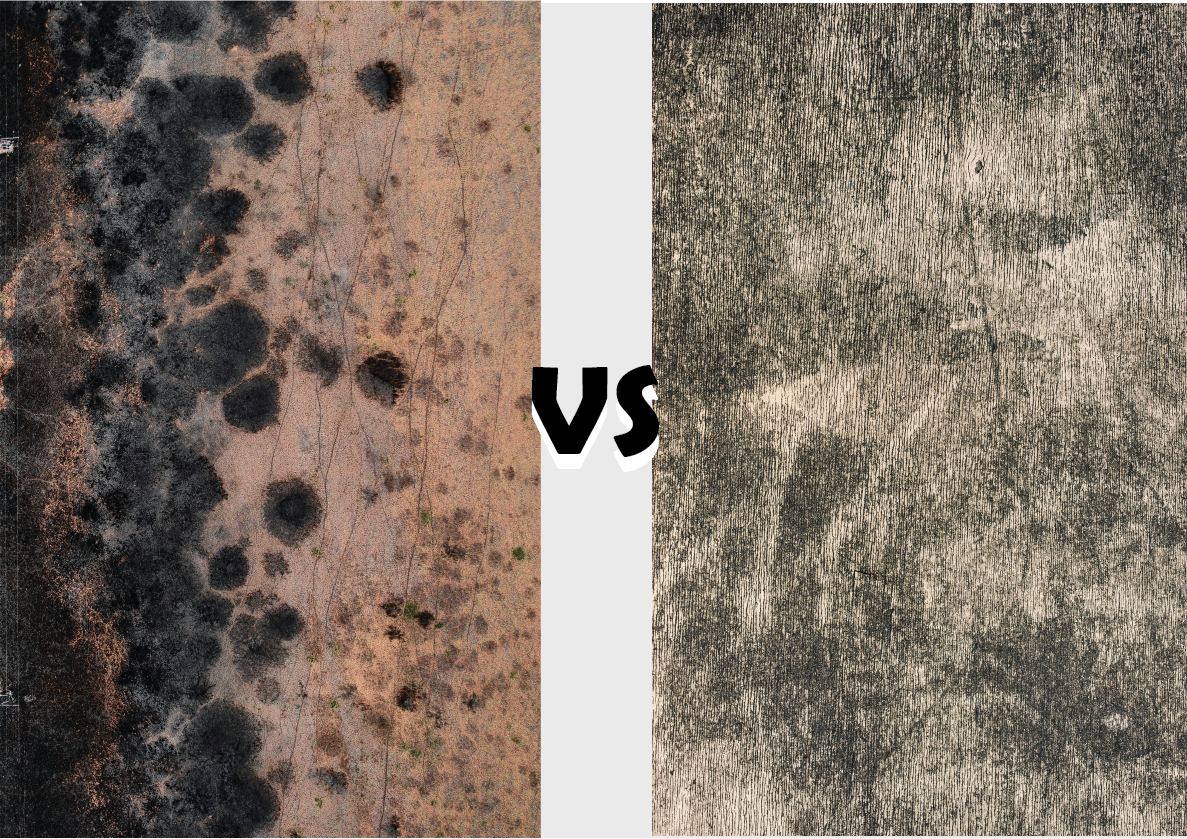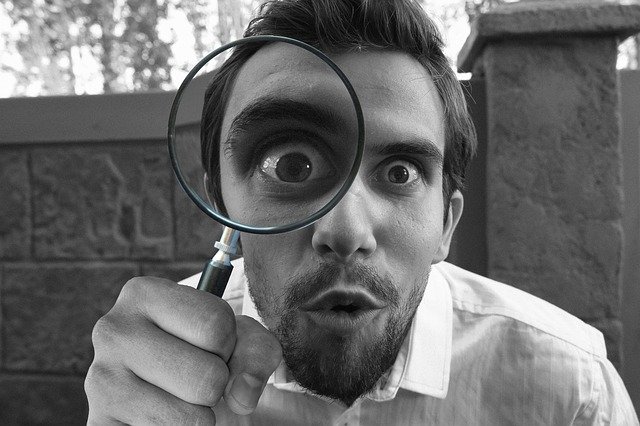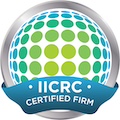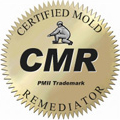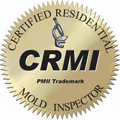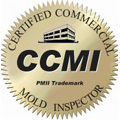Often talked about in the same breath, these two fungi are indeed related (mildew is a subclass of mold), but how to identify, eliminate, and the health implications of each differ tremendously. Understanding the significant differences between mold and mildew will guide home and business owners through their mitigation process.
How Do Mold and Mildew Develop?
Both microorganisms develop from unchecked, excessive moisture on surfaces or in crevices. Mold and mildew reproduce and multiply by “spores”: tiny, lightweight seeds that travel throughout the air. When these seeds land in a damp environment, they will grow on any organic surface (wood, carpet, food, plants, fabric). After destroying one organic material they move on to the adjacent one, damaging entire homes or buildings. Growth of mold and mildew colonies on damp surfaces can start within 24-48 hours.
Where Do Mold and Mildew Grow?
Mildew grows on any surface with past or present water damage. In a home, it likely grows in damp areas like bathrooms, basements, or attics. Mildew thrives in warm (60-80 degrees), poorly lit, minimal air flow areas. Mildew is also likely to grow in a new home due to the moisture in the building materials.
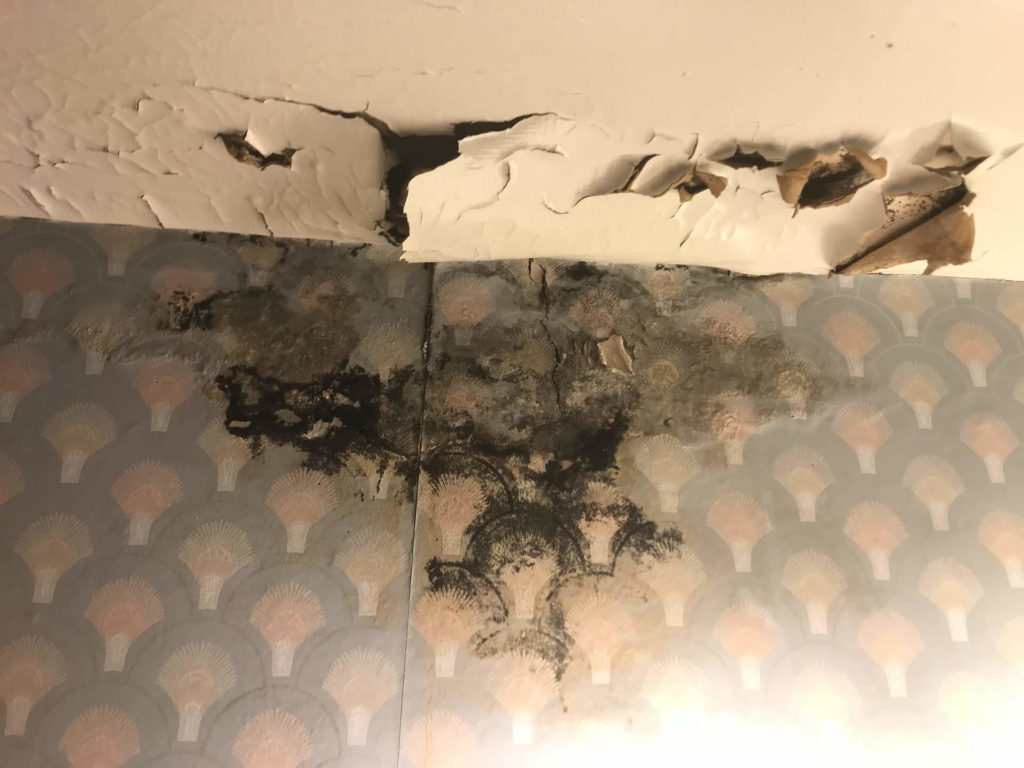
Mold also grows on water-damaged surfaces in warm, humid areas. If your home or building has water damage due to flooding, sewage backup, plumbing leaks, roof leaks, or overflows from drains, mold will grow within 24-48 hours. Growth will not stop until the proper steps to eliminate the source of moisture and subsequent mold buildup, are executed.
While mildew grows on the top of flat surfaces, mold penetrates surfaces and grows in porous materials(materials with pores that allow things to flow through them), such as wood, drywall, wallpaper, acoustical ceiling tiles, and carpeting.
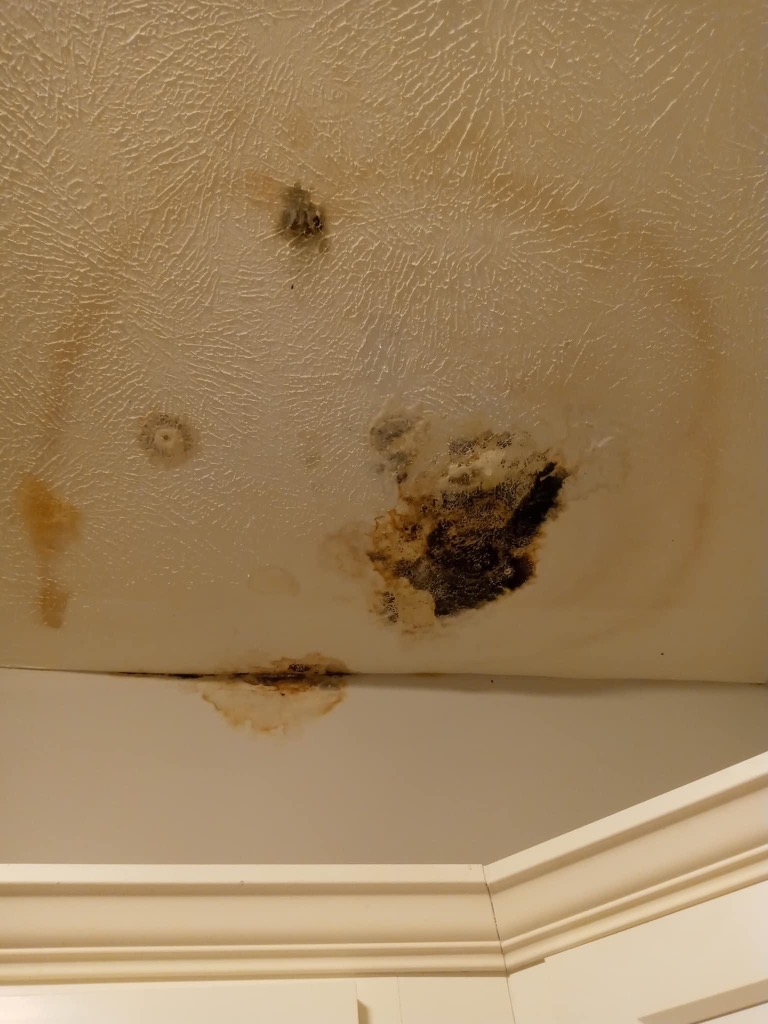
Mold vs. Mildew Visual Guide
| Basis | MOLD | MILDEW |
| Color | Green, red, or black | White/grey or yellow later turns brown |
| Shape | Round, spots | A flat, thread-like structure |
| Texture | Fuzzy or slimy | Powdery |
| Grow Pattern | Grows all over and in surfaces- small circles | Spill-like pattern, extending outward |
Mold vs. Mildew Smell Guide
Another identifier between mildew and mold is the smell. Although some people associate musty smells with mold growth, this is not always correct. Mildew odors develop in a home and spread throughout the air, in pipes, and inside walls. Mildew has a musty smell that can resemble damp socks.
Mold smells similar to mildew, the main difference is how pungent the smell is. Mold also has an earthy or meaty smell that resembles the smell of rain.
Generally, mildew smells are eradicated after disinfectants remove the mildew, however, mold smells persist until the source of mold is removed. Then the air around the previous mold also needs to be purified to completely remove the smell.
Mold vs. Mildew Health Implications
Mildew can cause health concerns in certain people. Although the health implications caused by mildew are far less severe than mold, you can not ignore mildew buildup in your home. The most common symptoms people report from mildew buildup are headaches, sore throat, or minor respiratory issues. If you have allergies or asthma, your reaction to inhaled mildew spores can be more severe than people without pre-existing conditions.
On the other hand, mold can cause serious health issues. Mold illness occurs after significant exposure to a water-damaged building. Significant exposure varies between individuals. For some short exposure can do massive damage, for others, small exposures over time can build up and do damage as well.
A new study revealed that suffering from mold illness can affect the human nervous system. Side effects include: brain inflammation, decreased formation of new brain cells, impaired memory, increased sensitivity to pain, increased anxiety, and depression.
Some species of mold are more lethal than others. Knowing what type of mold you have will help determine the best course of action toward recovery.
Mold vs. Mildew Removal Guide
Mildew
Since Mildew lives on the surface, using household cleaners will remove it. Even bleach, vinegar, or rubbing alcohol can remove mildew.
Household cleaners- Using a hard bristled brush and scrubbing the mildew with a household cleaning solution will eradicate the mildew. To be more thorough, use an antimicrobial substance instead of common household cleaners.
Bleach- Open all windows before using bleach then mix 1 cup of bleach and 1 gallon of warm water in a bucket. Transfer the mixture to a spray bottle (make sure you wear gloves), and spray the mildewed surface. Let it sit for 15-30 minutes, after that rinse and wipe the area.
Vinegar- White wine vinegar can be used on a wide variety of surfaces to remove mildew. Pour vinegar into a spray bottle and spray it directly onto the mildew-covered surface. Let the vinegar sit on the mildew for at least an hour and a half. Then take a soft-bristled brush, scrub the area, and wipe afterward.
Rubbing alcohol- For leather items like clothing and furniture, rubbing alcohol can remove mildew from these surfaces. Mix one cup of rubbing alcohol (70-90% proof) with one cup of water and wipe the mildew-covered leather.
Mold
For removing mold, determine what type of mold you have and how much mold is in your home or business. If you have 10sq ft of mold or less, the same methods listed above for removing mildew will work. If the mold covers more than 10sq ft or the above methods don’t work, a professional is needed for your mold mitigation.
If you live in Rockville, Bethesda, Silver Spring, Gaithersburg, or anywhere else in Montgomery County, or in Washington DC, we will be happy to assist you!
Contact superior damage restoration for all your mold removal needs.
We will remove the mold as quickly as possible!
Let us make your house home again.

